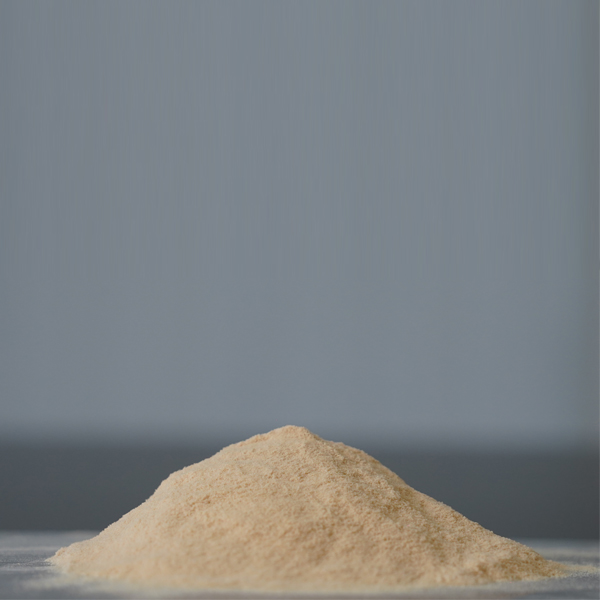
News
Jul . 31, 2024 11:04 Back to list
Current Trends and Prices of Liquid Humic Acid in the Market
Understanding Liquid Humic Acid Prices Factors and Trends
Liquid humic acid, a natural organic compound derived from the decomposition of plant and animal matter, has gained significant attention in agriculture and environmental management. Known for its ability to improve soil health, enhance nutrient availability, and increase crop yields, liquid humic acid is increasingly popular among farmers and gardeners. However, one key consideration for consumers is the price of liquid humic acid. Understanding the factors influencing its price can help buyers make informed purchasing decisions.
The Composition of Liquid Humic Acid
Before delving into pricing, it is essential to understand what liquid humic acid is. It primarily consists of humic acids, which are dark, amorphous substances soluble in alkaline solutions. These compounds play a crucial role in soil fertility, aiding in nutrient retention, water retention, and improving soil structure. Unlike synthetic fertilizers that can harm the soil ecosystem, liquid humic acid promotes a healthy environment for beneficial microorganisms.
Key Factors Influencing Price
1. Raw Material Sources The source of humic acid dramatically affects its price. Humic acid can be extracted from various materials such as leonardite, peat, or compost. High-quality humic acid, often sourced from well-decomposed organic matter, tends to command a higher price due to its superior efficacy and richer nutrient profile.
2. Production Methods The method of extraction and production also plays a significant role in pricing. Chemical processes involving harsh solvents can be cheaper but may lead to the degradation of beneficial properties. On the other hand, environmentally friendly extraction methods, which preserve the integrity of the humic substances, tend to be more expensive due to higher production costs.
liquid humic acid price

3. Concentration Levels Liquid humic acid products vary in concentration, affecting their price. Higher concentration products generally cost more per ounce due to their potency. Buyers often weigh the cost against the efficacy, as a concentrated product may ultimately provide better value despite the higher upfront cost.
4. Market Demand and Supply Like any other commodity, the price of liquid humic acid is affected by market dynamics. Increased awareness of sustainable agriculture practices has led to a surge in demand. Conversely, supply chain issues, such as transportation delays and raw material shortages, can impact availability and pricing. Seasonal demand also plays a role; for instance, prices may rise during planting seasons when farmers are looking to improve soil conditions.
5. Brand Reputation The reputation of the manufacturer can also influence pricing. Established brands with proven results and certifications often charge a premium for their products. Consumers may feel more confident paying higher prices for reputable brands that guarantee quality.
Price Trends
As of late 2023, the price of liquid humic acid can vary significantly based on the factors mentioned above. Generally, prices range from $10 to $40 per gallon, depending on the quality and concentration. Some premium products may even exceed this price range, particularly those labeled as organic or with additional beneficial compounds.
Conclusion
In summary, while the price of liquid humic acid may vary widely, understanding the underlying factors influencing these prices can help consumers make informed choices. As the demand for sustainable and organic farming practices continues to rise, investing in high-quality liquid humic acid may not only support environmental health but also enhance agricultural productivity. As always, it is advisable for consumers to conduct thorough research, compare products, and consider the long-term benefits of their investment in soil health and crop performance.
-
Polyaspartic Acid Salts in Agricultural Fertilizers: A Sustainable Solution
NewsJul.21,2025
-
OEM Chelating Agent Preservative Supplier & Manufacturer High-Quality Customized Solutions
NewsJul.08,2025
-
OEM Potassium Chelating Agent Manufacturer - Custom Potassium Oxalate & Citrate Solutions
NewsJul.08,2025
-
OEM Pentasodium DTPA Chelating Agent Supplier & Manufacturer High Purity & Cost-Effective Solutions
NewsJul.08,2025
-
High-Efficiency Chelated Trace Elements Fertilizer Bulk Supplier & Manufacturer Quotes
NewsJul.07,2025
-
High Quality K Formation for a Chelating Agent – Reliable Manufacturer & Supplier
NewsJul.07,2025
